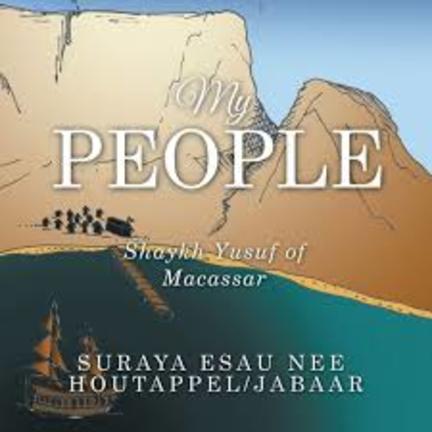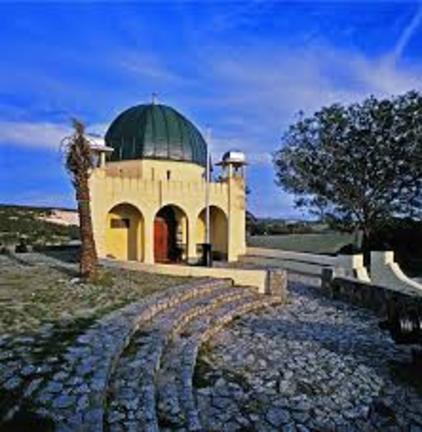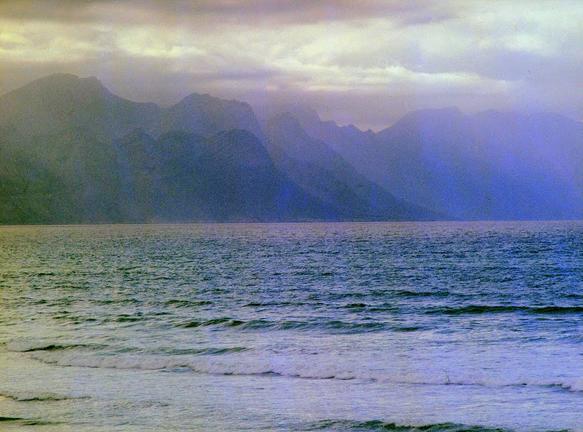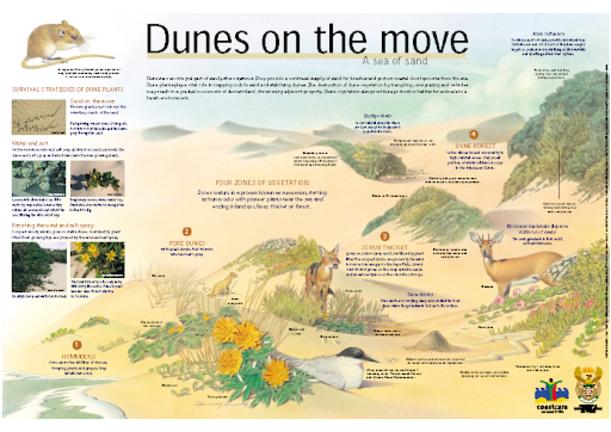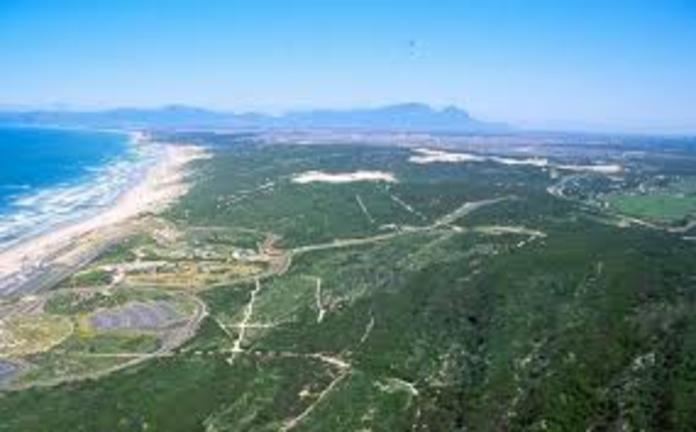Along the coastal road between Cape Town and Somerset West is the small town of Macassar. It is in fact more of a suburb of the Cape Flats town of Helderberg. This wind-blown rugged area with its dramatic view of the mountains in the distance is on the eastern side of False Bay and has almost no protection from the wind and the waves. As a result, the waves are enormous! The beach is a favourite of wind- and kite surfers. When the weather is good, there are few places along the coast which match the rugged beauty of the beach.
So beautiful are the dunes of this beach that they form the Macassar Dunes Nature Reserve, a part of the vital coastal dune system and one of the Western Cape’s biodiversity hotspots. They are a core flora conservation site containing some of the only remaining, and best examples of strandveld – dense, bushy shrubs and thickets. These thickets are home to a wide range of animals and plants which have come under enormous threat from cattle grazing and 4X4 vehicles being driven on the beach.
But it is not only the beach, as beautiful as it is, which makes this suburb of Macassar important in the South African circle of Islam. It is, in fact, one of the holiest places to the South African Muslim community. The Kramat of Sheikh Yusuf of Gowa can be found here. The Sheik was exiled from his homeland by the Dutch and died here in 1694. His followers later moved to the Stand’s Mosterds Bay, as while Macassar has a natural rugged beauty, they found Mosterds Bay more hospitable.
